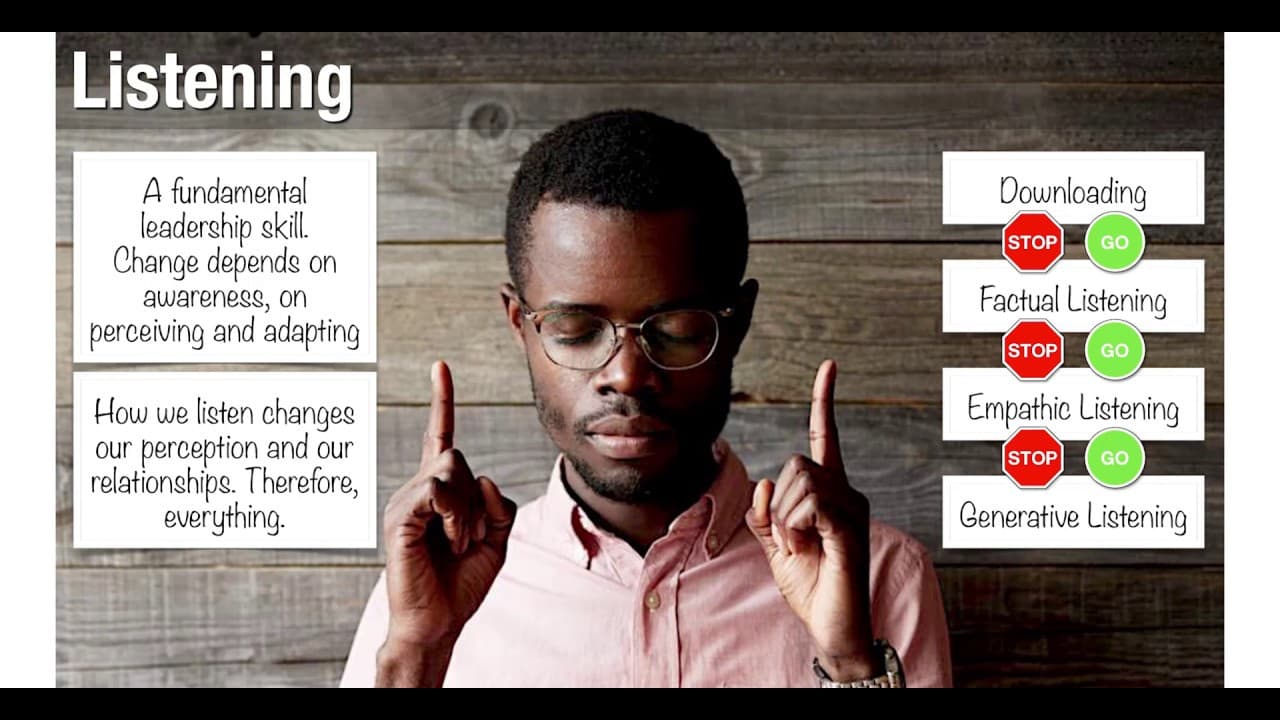Thank you. Can you guys hear me okay? Cool.
What do you see when people just get started? Can I just jump into the topic? Okay.
Was it Luther from Animal House, the movie? Remember? Very funny. Brutus had a couple of tendencies. One was that he tended to eat a little too much, maybe drink a little too much, and he had other tendencies as well. If you've seen the movie, you know what I’m talking about.
Leadership & Transformation
So, is anybody here involved in an agile transformation? Anyone working on a transformation? Okay, now let's say someone comes to you and asks you to transform this guy—transform Brutus. Make Brutus lean, fit, disciplined, and aligned. How happy would that make you? Could you do that?
My opinion is that you could not—unless Brutus wants to change. Change only happens when we shift the underlying paradigms by which we live. You can teach Brutus to eat healthier, you can teach him to drink less, but sooner or later, unless he changes the underlying paradigm, something else will happen anyway.
Leadership as a Force for Change
The fundamental truth of leadership is that change comes from within. A common mistake is thinking leadership is about control. Leadership is not just about authority; it’s about moving from here to there. Leadership must be a force for change.
When we talk about business transformation, we’re talking about leadership as a force that changes our partners and organizations. If we want to change how businesses operate, we must change the way we think. We shift from hierarchical structures to networks of people working together. We shift from top-down control to distributed, empowered teams. We shift from merely managing people to truly believing in people.
Vertical vs. Horizontal Leadership
Traditional hierarchical leadership is what we call vertical leadership. It’s top-down, directive, and based on control. However, when networks become significant, organizations must shift to a different type of leadership—horizontal leadership.
In a network, leadership emerges through relationships, trust, and collaboration rather than through directives. In a vertical leadership model, the focus is on direction and authority, while in a horizontal leadership model, the focus is on connectivity and shared purpose.
A Real-Life Story: Active Life
Let me share a real-life story about a company I’ll call “Active Life” (not its real name). Active Life is not an IT company, but it provides digital products that support its core business. It has an IT department—neither too big nor too small—and while not perfect, it consists of smart people who do a good job.
Active Life has been very successful in the past few years. Initially, it had only a few digital customers, but as demand grew, it expanded its digital offerings. The business became so successful that it started serving strategic partners as well, increasing the pressure on the IT department.
The Tragedy of the Commons
Here’s where things got interesting. In the company cafeteria, a large monitor displayed the top-selling project managers—the ones who sold the most digital products. The marketing and project managers competed fiercely because they were incentivized to sell more, which meant making more requests to the IT department.
At some point, the IT department cried out, “Help us!” The IT department manager asked, “How do we manage this increasing demand?”
Now, my question to you is this: Was the IT department the problem? No. The real issue lay in the company’s incentive structures. This is an example of what economists call the “Tragedy of the Commons.”
Understanding the Systemic Problem
Imagine two fishermen on opposite sides of a lake. They don’t know each other exist. Each catches as many fish as possible, believing their efforts are isolated. However, the more they fish, the more they deplete the lake’s resources.
At first, everything seems fine. But over time, as both continue fishing without awareness of the other, they exceed the sustainability threshold. The fish population declines. The fishermen respond by fishing even more aggressively, leading to further depletion. Eventually, the system collapses.
This is exactly what happens when teams or individuals work in silos without considering the larger system. In Active Life, project managers competed for IT resources without realizing they were collectively overwhelming the system.
Solving the Problem Through Awareness
In Systems Theory, we can solve this problem in several ways:
- Increase Resources: If it’s a biological resource like fish, we might restock the lake. If it’s a financial resource, we might inject more funding. But IT capacity isn’t so easily replenished.
- Regulate Access: Just as fishing is regulated to prevent overfishing, organizations can set clear priorities and allocation mechanisms.
- Collective Awareness: The best approach is to foster awareness among stakeholders so they recognize their shared interests and collaborate instead of competing.
The Power of Listening
One of the most underrated leadership skills is listening. It is often overlooked because we associate leadership with speaking, decision-making, and authority. But effective leaders listen—because listening builds awareness.
Levels of Listening
There are four levels of listening:
- Downloading: Hearing without truly listening. This happens frequently in meetings where people wait to speak rather than absorbing what others are saying.
- Factual Listening: Actively listening to facts with curiosity and an open mind.
- Empathic Listening: Understanding the emotions and perspectives of others.
- Generative Listening: Listening deeply to recognize future possibilities and emerging insights.
Each level requires overcoming different blockers—such as bias, cynicism, or fear. But when we truly listen, we connect, and when we connect, we transform.
The Role of Leadership in Agile
If we truly want agility, we must move beyond superficial practices. Agile isn’t just about processes—it’s about shifting mindsets and paradigms.
Many companies claim to want agile transformation but, in reality, only want surface-level change. They ask for agile coaches but resist true transformation because it threatens existing power structures.
My observation—based on years of experience—is that 95% of organizations want agility in name only. They don’t truly want to change.
How to Inspire Real Change
So, what can you do?
- Start with yourself: Embody the change you want to see.
- Find a partner: Change is easier when you have allies.
- Lead by example: Show others what real listening and agility look like.
Final Thoughts
Listening, awareness, and real connection are the foundation of agile leadership. Organizations that fail to address their underlying paradigms will only achieve superficial agility.
Agility isn’t about implementing frameworks—it’s about changing the way we think, listen, and lead. True agility requires a shift in culture, relationships, and leadership dynamics.
It starts with listening. It starts with awareness. And it starts with you.
Thank you.



